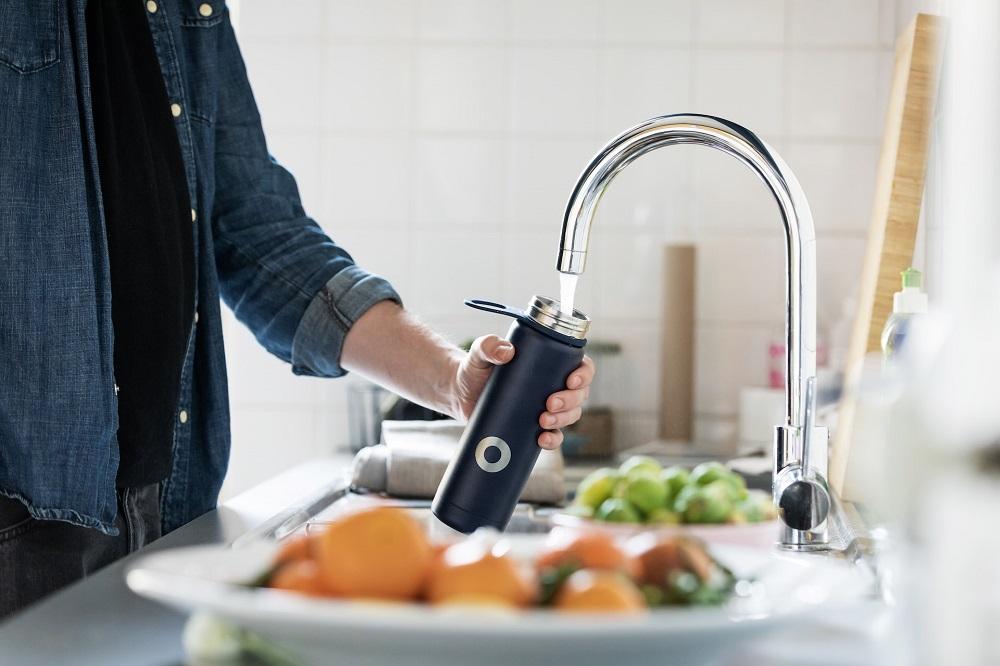The Importance of Water Safety
Water is a vital resource for life, but it can also be a carrier of diseases if not properly managed. Around the globe, communities face the challenge of ensuring safe and clean water to prevent waterborne diseases. This article aims to shed light on the significance of water safety and the steps we can take to safeguard our health against waterborne illnesses.

The Role of Water Filtration in Health
One of the most effective ways to ensure water safety is through proper filtration. In areas like Sydney, the use of water filters has become increasingly popular. These water filters Sydney systems are designed to remove contaminants and pathogens from water, making it safe for consumption and daily use. It’s a proactive approach to protect against diseases caused by bacteria, viruses, and other microorganisms present in unfiltered water.
Understanding Waterborne Diseases
Waterborne diseases are illnesses caused by pathogenic microorganisms that most commonly are transmitted in contaminated fresh water. Infection commonly results during bathing, washing, drinking, in the preparation of food, or the consumption of food thus infected. Common waterborne diseases include cholera, giardia, and dysentery. These diseases can have a significant impact on public health, especially in communities without access to clean water.
Sources of Water Contamination
To prevent waterborne diseases, it’s crucial to understand the sources of water contamination. These can include:
- Natural sources, such as animal waste and agricultural runoff.
- Human activities, like improper waste disposal and industrial effluents.
- Lack of proper sewage treatment and sanitation facilities. Understanding these sources helps in taking appropriate measures to prevent contamination.
Safe Water Practices at Home
Ensuring water safety at home involves several practical steps:
- Boiling water before consumption can kill harmful organisms.
- Regularly cleaning water storage containers to prevent the growth of pathogens.
- Using water purification systems, such as water filters or UV treatment units, to remove contaminants.
- Educating family members about the importance of using clean water for drinking and cooking.
Community-Level Water Safety Measures
At the community level, effective water safety measures include:
- Developing and maintaining proper sewage and waste disposal systems.
- Regular monitoring of water sources for contamination.
- Implementing community-wide water purification systems.
- Raising awareness about the importance of water safety and hygiene practices.
The Impact of Climate Change on Water Safety
Climate change poses a significant threat to water safety. Extreme weather events like floods and droughts can exacerbate water contamination problems. Communities need to adapt by implementing resilient water management practices and enhancing surveillance systems to monitor and respond to these changes.
Global Efforts in Improving Water Safety
Globally, there are several initiatives aimed at improving water safety:
- International organizations like the World Health Organization (WHO) and United Nations (UN) play a vital role in setting water safety standards and supporting water sanitation projects.
- Non-governmental organizations (NGOs) often work on the ground to provide safe drinking water solutions in underprivileged areas.
- Governments across the world are investing in better water infrastructure and sanitation facilities.
The Role of Technology in Water Safety
Advancements in technology have made significant contributions to water safety. Innovations include:
- Portable water testing kits for quick detection of contaminants.
- Advanced water purification systems that use reverse osmosis or nanotechnology.
- Smart water management systems that monitor and control water usage and quality.
A Collective Effort for Water Safety
Ensuring water safety is a collective responsibility. From individual actions to community initiatives and global efforts, every step counts in the fight against waterborne diseases. By adopting safe water practices, investing in effective water filtration systems, and staying informed about the best ways to manage water resources, we can protect ourselves and future generations from the hazards of contaminated water.





